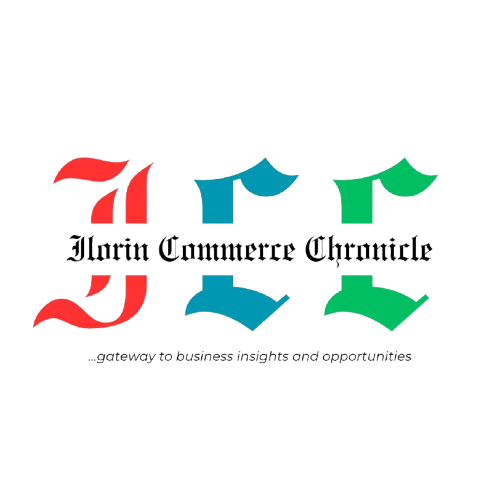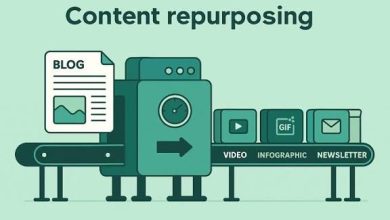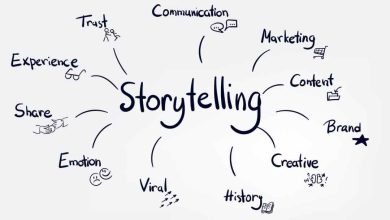Influencer Marketing for Small Businesses: A Practical Guide
How SMEs in Ilorin can use trusted voices to grow sales

Gone are the days when customers rely only on billboards, radio jingles, or newspapers ads before they make a purchase. Mind you, these forms of advertising is not outdated but there are other modern ways to get your customers buy your product/service. And one of the ways they do that is through Influencer Marketing.
Before now, you must have heard the term multiple times, and particularly as a small business owner, you might have been worried whether the term fit your budget or not.
The term looks big. But how big is it that it can’t fit in your budget.
What Is Influencer Marketing?
Influencer marketing is a form of collaboration where a business partners with individuals who have a strong, trusted presence among a specific audience suitable for their product/service.
These influencers use their platforms to recommend or showcase a product, service, or brand to their followers.
The first important things when it comes to influencer marketing is that people trust ‘influencers’ whose voices feel authentic and relatable.
This is where influencer marketing comes in, and for small businesses in Ilorin and Kwara, and across Nigeria, it is one of the most underrated growth strategies, often seen as a big brand game.
Influencers don’t have to be celebrities with millions of followers. Although the numbers would be a plus, authenticity is a non-negotiable.
In fact, in today’s digital age, the most effective influencers are often everyday people who have built trust in a particular niche.
It could be a fashion blogger with 5,000 loyal followers on Instagram, a respected business coach on LinkedIn, or even a food vlogger on TikTok who reviews local eateries in Ilorin.
Why Influencer Marketing Works for SMEs
Many small business owners think influencer marketing is a “big brand game,” but that’s not true. Its power lies in trust and relatability. Here’s why it works so well:
1. People buy from people they trust
If an influencer has consistently delivered value to their audience, their followers are more likely to try whatever they recommend.
This is more persuasive than a generic ad like billboards, radio jingles among others.
2. It’s targeted
Unlike broad advertising, influencer marketing reaches almost the exact type of people who are likely to buy your product.
For example, a baby clothing store in Ilorin could work with a parenting blogger who speaks directly to new mothers in Kwara State. It gives you a ready market.
3. It’s cost-effective
You don’t have to break the bank to do one. Not all influencers charge huge sums.
Many micro-influencers with smaller, more engaged audiences, are open to product exchanges or affordable fees.
Breaking the Myths About Influencer Marketing
Before diving in, let’s address common misconceptions that hold small businesses back:
Myth 1: You need a celebrity influencer.
Truth: Micro-influencers (1,000–10,000 followers) often have higher engagement and more influence in local markets than celebrities.
Myth 2: Influencer marketing is too expensive.
Truth: You can start small by offering free products, discounts, or low-cost collaborations.
Myth 3: It only works online.
Truth: Influencers can also drive offline results. A local fashion influencer can invite followers to your pop-up store, or a respected chef can bring people to your restaurant launch.
How SMEs Can Start Influencer Marketing
If you’re a small business owner looking to try influencer marketing, here’s a clear guide:
1. Define Your Goal
Do you want to increase brand awareness, boost sales, or launch a new product?
Your goal will determine the type of influencer you should work with and the kind of content they’ll create.
2. Know Your Audience
If you don’t know who your customers are, influencer marketing will miss the mark. Identify their age, location, interests, and challenges.
For example, if you run a bakery, are your customers mainly university students looking for affordable snacks, or working-class parents ordering custom cakes?
3. Choose the Right Influencer
Don’t just chase numbers. Look for:
- Engagement rate(comments, shares, likes, not just followers)
- Relevance (Do their audience matches your target customers)
- Authenticity (they post in a style and tone that feels genuine)
A makeup artist with 3,000 followers who sells out local makeup classes could be a better fit for your beauty store than a celebrity with 100,000 followers who doesn’t connect with your market.
4. Start Small and Build
Test your first campaign with one or two influencers. Provide clear expectations:
- The message to communicate
- How and when the post should be made
- Any brand tags, hashtags, or special offers
5. Collaborate, Don’t Control
The reason influencers are effective is because their followers trust their voice.
Avoid over-scripting them. Instead, give them room to present your product in their own style.
6. Track and Measure
Measure the impact through:
- Website visits
- Social media engagement
- Sales generated through unique promo codes or links
- In-store visits from referrals
The Future of Influencer Marketing for SMEs
With more Nigerians spending time on social media and following niche content creators, influencer marketing will only become more relevant.
For SMEs, the opportunity is massive, especially in local markets where trust and word-of-mouth still reign supreme.
Rather than thinking of influencer marketing as a luxury for big brands, think of it as a modern form of trusted recommendation.
The same way people used to ask a neighbour where to buy the best bread, only now it happens online.
Conclusion
Influencer marketing is no longer just a trend; it’s a growth tool that can help small businesses in Ilorin and beyond reach the right people faster.
By working with trusted local voices, you can turn everyday recommendations into measurable sales.




